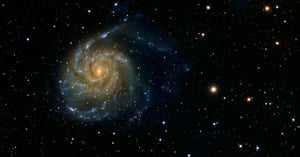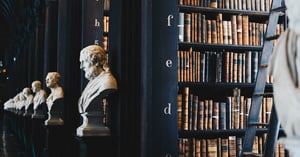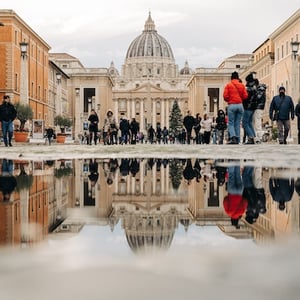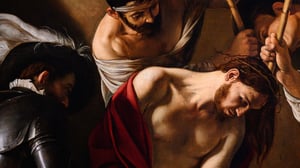Thank You!
THE ESSENTIAL MODULES IN VIDEO FORMAT
Watch all 7 modules in video format below. We recommend you save this page's link so you can access the Modules whenever you'd like!


























































THE ESSENTIAL MODULES IN SLIDESHOW FORMAT
Perfect for classroom use, presentation format is available for stream or download. (Instructions for downloading presentations: Once you click "Download," you will receive a folder with two files. Click on the file called “index.html” to view your download.)
- Module 1
- Module 2
- Module 3
- Module 4
- Module 5
- Module 6
- Module 7
Evidence of the Soul from Medical Studies
Module 1 gives evidence for the existence of every person’s transcendent soul (capable of surviving bodily death) from peer-reviewed medical studies of near death experiences and terminal lucidity. Consideration is given to possible physical explanations which are answered by medical professionals, neuroscientists, and independent investigators of phenomena after the fact.
Evidence of God's Existence from Science
Module 2 presents evidence of a creation of our universe from contemporary science—specifically, the Borde-Vilenkin-Guth Proof of a beginning of all expanding universal systems, the evidence from entropy applied to the universe as a whole, and the fine-tuning of universal constants implying the intelligence of a creator.
Evidence of God's Existence from Philosophy
In Module 3, we attempt to present Aquinas’ proofs of God in a transparent, contemporary way. We then answer students’ pressing questions on the relationship between faith and science, including “the Bible and science,” the Catholic view of evolution, the Catholic view of aliens, scientific atheism, and the “Galileo affair.”
Evidence of Jesus' Resurrection and Divinity
Today’s students are inundated with suggestions that everything about Jesus, including his existence, is a myth. Module 4 gives credible, historical, and extratestamental evidence for the existence of Jesus, the latest historical arguments for His Resurrection from N.T. Wright, John P. Meier, and others, and the scientific study of the Shroud of Turin.
Why Be Catholic?
Through the examination of scriptural texts and Church fathers, Module 5 shows that Jesus initiated the Catholic Church. Module 5 also looks at the Church’s ability to outlast and transcend every other social institution; and finally, it examines contemporary, scientifically validated miracles concerned with Mary, the Holy Eucharist, and the saints.
True Happiness
Module 6 addresses the major theories of happiness that ultimately determine our view of success, purpose in life, and self-worth. We then present “The Four Levels of Happiness,” a method that gives students the tools to move themselvesfrom Level 1 (materialistic-pleasure) and Level 2 (Ego-comparative) happiness to Level 3 (contributive-ethical) and Level 4 (transcendent-faith) happiness.
Why Would an All-loving God Allow Suffering?
The first part of Module 7 gives five arguments for why suffering and love are not incompatible, showing how suffering is indispensable for growth and virtue and helps us detach from superficiality and self-destructive life paths while deepening our faith. The second part gives a 3-step process to transform suffering into deeper faith and love and how to use it to help us on the path to salvation.
Essential Modules Supporting Resources
Dive deeper into the module content with these resources!













